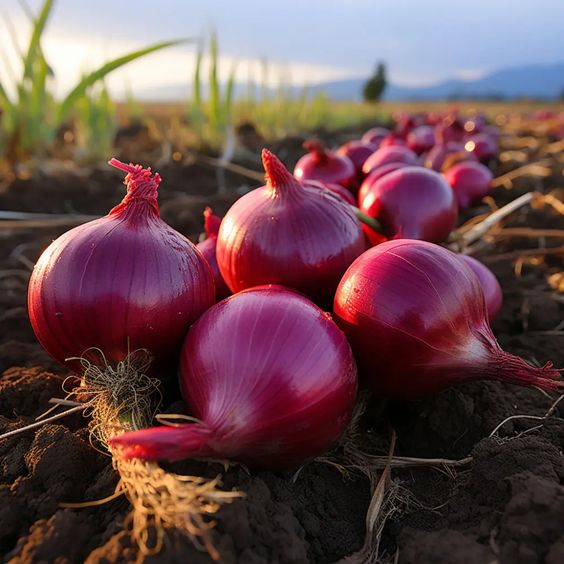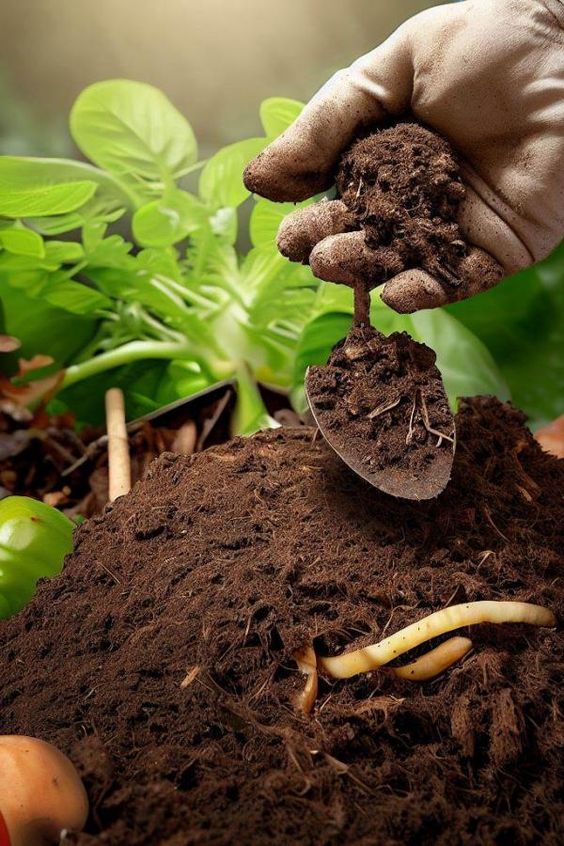Harnessing Technology for tastier bulbs: Onion Cultivation in the Age of Smart Agriculture
Onion Cultivation, a cornerstone of global cuisine, add depth and pungency to countless dishes. Cultivating them, however, can be a labor-intensive process susceptible to environmental factors. But fear not, fellow farmers! Smart agriculture technologies are emerging to revolutionize onion cultivation, optimizing yields and streamlining operations. This article explores the exciting intersection of onion cultivation and smart agriculture, empowering you to embrace a new era of informed and efficient farming.
Traditional Challenges in Onion Cultivation
Onion cultivation faces several hurdles. One significant challenge is disease and pest control. Onions are susceptible to fungal diseases like downy mildew and botrytis rot, and pests like thrips and onion flies can wreak havoc on crops. Additionally, optimal irrigation is crucial. Overwatering can lead to root rot, while underwatering hinders growth and bulb development. Finally, weed control is a constant battle, as weeds compete for vital nutrients and water.
Smart Agriculture Solutions for a Brighter Onion Future
Smart agriculture offers a suite of innovative solutions to address these challenges and empower onion growers. Let’s delve into some of the most transformative technologies:
-
Precision Irrigation:
Sensor-based irrigation systems monitor soil moisture levels in real-time, delivering water exactly when and where it’s needed. This not only conserves water but also reduces the risk of overwatering and associated diseases. -
Advanced Pest and Disease Monitoring:
Deploying weather stations and insect traps equipped with sensors provides real-time data on pest and disease pressure. This allows for targeted interventions, minimizing reliance on broad-spectrum pesticides and promoting sustainable practices. -
Drone Technology:
Drones equipped with multispectral imaging can identify areas of the field with nutrient deficiencies, pest infestations, or irrigation issues. This targeted data collection allows for more precise application of fertilizers, pesticides, and water. -
Automated Weed Control:
Image recognition technology combined with robotic weeders can precisely identify and eliminate weeds, reducing reliance on herbicides and manual labor. -
Remote Monitoring and Control:
Smart irrigation systems, sensors, and weather stations can be integrated with internet-connected platforms. This allows farmers to remotely monitor field conditions, adjust irrigation schedules, and make informed decisions from anywhere with an internet connection.
The Advantages of Smart Agriculture for Onion Cultivation
Integrating smart agriculture technologies into onion cultivation offers a multitude of benefits:
-
Increased Yields:
By optimizing irrigation, controlling pests and diseases, and managing weeds effectively, smart agriculture can significantly boost onion yields. -
Improved Quality:
Stress-free plants with optimal water and nutrient supply produce higher quality onions with better size, uniformity, and storability. -
Reduced Costs:
Precision irrigation reduces water waste, while targeted pest control minimizes unnecessary pesticide use. These factors lead to significant cost savings. -
Enhanced Sustainability:
Smart agriculture promotes sustainable practices by reducing water usage, minimizing reliance on chemical inputs, and promoting soil health. -
Labor Optimization:
Automation of tasks like weed control and data collection frees up valuable time for farmers to focus on other crucial aspects of farm management.
The Road Ahead: Embracing Smart Agriculture for a Thriving Onion Industry
The adoption of smart agriculture technologies presents a transformative opportunity for the onion industry. By harnessing the power of data and automation, farmers can cultivate healthier, more plentiful onion crops while minimizing environmental impact. As these technologies become more affordable and accessible, we can expect a future where onion cultivation is not only productive but also sustainable and rewarding.
While initial investment costs may be a consideration, the long-term benefits of smart agriculture are undeniable. Government initiatives and industry collaboration can play a crucial role in providing financial assistance, training programs, and infrastructure development to support the widespread adoption of these technologies.
In conclusion, the age of smart agriculture is upon us, and onion cultivation stands to reap the benefits. By embracing these innovative solutions, farmers can cultivate a brighter future for themselves, their crops, and the global onion industry. Let’s harness the power of technology to ensure tastier bulbs, more sustainable practices, and a thriving onion sector for generations to come.




